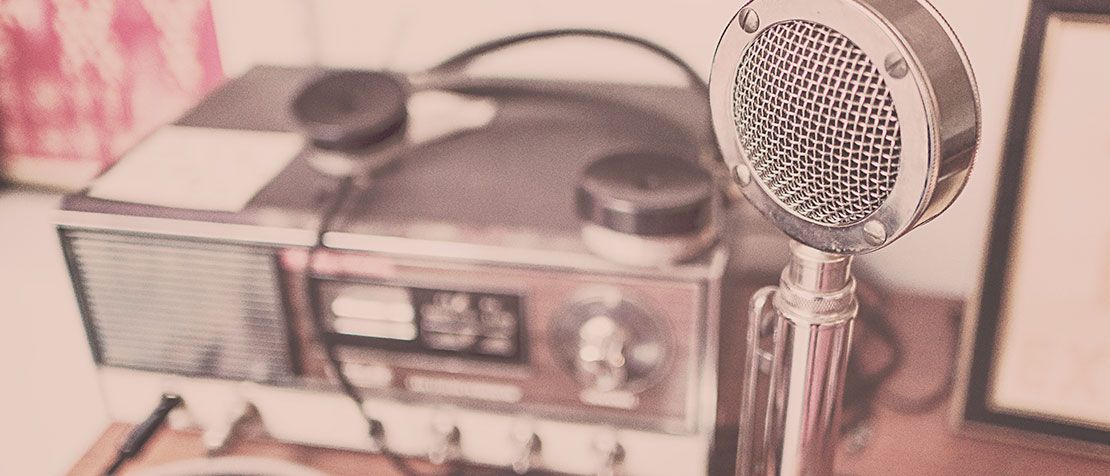
Ham radio and emergency comms: Filling the USGS ‘donut hole’
*This article is republished with permission of the author and the Amateur Radio Safety Foundation, Inc. On July 2nd, shortly before midnight local time in Hawaii, a dozen amateur radio operators did something nobody had ever done before—something that shows the best in amateur radio and could herald a transformation in the role “hams” (another name for amateur radio operators) can play in emergencies. The Hawaii hams felt an earthquake and sent detailed reports that were immediately used by the United States Geological Survey (USGS) to assess the magnitude and damage done by this latest tremor. Their reports used a special email program, Winlink Express, that operates through high frequency radio even when normal communication channels are down. It wasn’t the biggest earthquake. At M4.6, it woke a lot of people up, gave them a startle, but did minimal damage. The significance of the event was that it proved—once again—that amateur radio operators had found yet another way to play a crucial role in identifying and responding to emergencies. In the best ham tradition, it all came about through volunteer operators solving problems for an agency in need. It’s easy to see how this solution will save lives when there is—as there will be—more devastating earthquakes and responders are operating blind because of something called ‘the donut hole.’ The danger of donut holes The donut hole, as seismologists call it, is far more serious than its name suggests. David Wald, a seismologist at USGS, explained that while there are many mechanical seismic sensors around the United States and the world, earthquake recovery requires the prompt response of human beings. Seismic sensors can’t be everywhere. But, by definition, people are always in the zones of damage that most concern emergency responders and, as Wald says, “humans are remarkably good at detecting shakes and identifying damage.” The issue is getting the observations of those people into the hands of the seismologists and emergency responders.

Example of DYFI “donut hole” for the M5.7 Magna, Utah earthquake that affected Salt Lake City. Note the early-on gap in reporting the most strongly shaken area that gets later filled in. Image courtesy of USGS.
Wald heads the USGS’s “Did You Feel It?” program. People who feel an earthquake are encouraged to go to the USGS website and fill out questions. They are asked to identify location, time, the level of movement, and the kind of damage—picture frames knocked over? Drywall cracked? These individual reports, aggregated, provide a remarkably detailed and scientifically significant set of data. Most crucially, people are able to report damage in a way that seismic sensors can’t. “The most important thing is the damage,” Wald said. “Especially the damage at the center.” This is the core problem that the Winlink/USGS collaboration addresses. “We get a lot of reports from the periphery of an earthquake,” he said. “But we get very few from the center, where the most damage is.” Thus: the donut hole. People right near the center of an earthquake often lose electric power, cell service, and are in a state of panic. The last thing they’re thinking about is the need to send a report to the USGS. Hams to the rescue – with the help of ICTs Wald was wrestling with this “donut hole” problem and communicating with seismologists in Europe who face a similar issue. How could the USGS figure out how to get people close to the center of an earthquake to report what they feel? Put another way: how could they identify a group of civilians who are spread around the world and who have training and an interest in sending emergency reports and have the equipment to do so even when power and phone service goes down? Wald, and his colleague, Vincent Quitoriano, were frustrated with no solution in sight when a remarkable thing happened. They received an email from a ham.

Example of DYFI-AYES data for the July 4, 2020, M4.3 earthquake 13 km south of Fern Forest, Hawaii. Image courtesy of USGS.
Kruckewitt says he now knows how to do the hard work of making forms available to databases. Burton says this is transformational for Winlink and its users. It means that Winlink is even more helpful to partner agencies, since messages and forms can now be designed to be automatically entered into emergency communication databases without requiring human intervention. Burton is already speaking with several other partner agencies about amending forms or creating new ones. He expects that, once word gets out, he will find many other people like David Wald, folks involved in emergency response who are eager to have quick, reliable, automated reports from amateur radio operators. Photo by Gratisography via Pexels.
